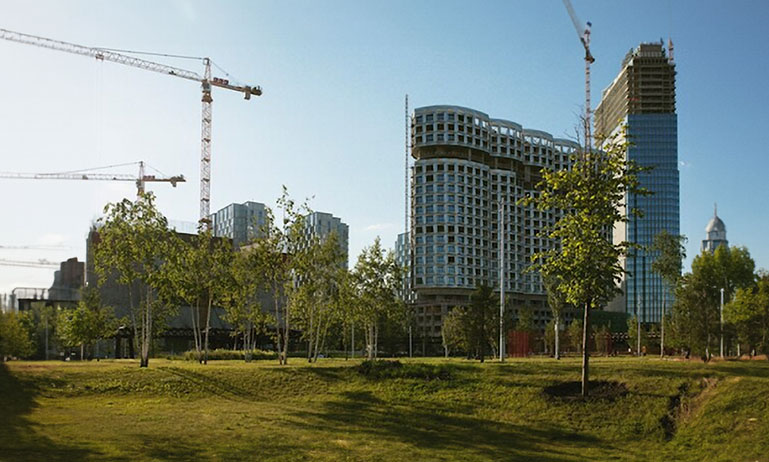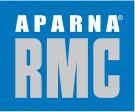Building a Sustainable Future: The Role of Ready-Mix Concrete in Green Construction

January 28, 2024
Sustainability has become a cornerstone of modern construction practices, driven by the urgent need to mitigate the environmental impact of the built environment. As the construction industry evolves, materials play a crucial role in determining the ecological footprint of a project.
One such material that has gained prominence for its sustainable attributes is ready-mix concrete. This versatile and eco-friendly construction material is proving to be a key player in advancing green building practices.
How Does RMC Reduce Environmental Impact?
Ready-mix concrete offers a more sustainable alternative to traditional on-site mixed concrete. The production process of ready-mix concrete is highly efficient, with precise measurements of ingredients that reduces waste and minimizes the environmental impact. This results in lower energy consumption and fewer greenhouse gas emissions compared to the traditional mixing process on construction sites.
What steps does RMC take in Energy efficiency?
The production of ready-mix concrete is conducted in specialized RMC batch plants, allowing for a more controlled and energy-efficient process. These plants are equipped with advanced technology to optimize resource utilization, including water and energy. Additionally, the transportation of ready-mix concrete from the RMC batch plant to the construction site is often more efficient, contributing to energy savings.
How does the Green Manufacturing of RMC help Sustainability Projects?
Another factor in low-carbon ready-mix concrete’s environmental friendliness is the production process. Advanced production techniques are employed to optimize energy use and material sourcing, further lowering its carbon footprint. Energy-efficient procedures are being adopted by more of our modern concrete production plants. Using renewable energy sources and streamlining the production process are two ways to do this. Responsible Material Obtaining: Sustainability is taken into consideration while obtaining raw materials. To cut down on emissions associated with transportation, this entails choosing suppliers who use environmentally friendly mining and processing techniques as well as employing locally produced resources.
How does Waste Reduction in RMC help achieve Sustainability?
Traditional on-site concrete mixing can lead to overordering of materials and increased waste. Ready-mix concrete addresses this issue by providing a precisely measured and mixed product,
significantly reducing waste at construction sites. This not only minimizes the environmental impact but also is cost-effective for construction projects.
How Durable is RMC? Does this durability help the environment?
Green building practices emphasize the importance of durability and longevity in construction materials. Ready-mix concrete, when properly designed and installed, offers exceptional durability, it’ll last you years on end without the need for frequent repairs and replacements. This longevity contributes to sustainable practices by extending the lifespan of structures and reducing the overall demand for raw materials. As materials last longer there will be less use for repairs and consequently, less production is required which makes RMC a key contributor to sustainability.
How does RMC’s use of recyclable material as ‘Sustainable Aggregates’ help Sustainability?
Ready-mix concrete can be customized to include sustainable aggregates, such as recycled materials like crushed concrete or Ry ash. The use of these recycled components not only diverts waste from landfills but also reduces the demand for virgin materials, further contributing to the sustainability of the construction industry.
What does RMC do for Water Conservation?
Water scarcity is a growing concern globally, making water-efficient construction materials essential for sustainable building practices. Ready-mix concrete can be designed to require less water during the mixing process, contributing to water conservation efforts in construction projects.
Does RMC help achieve LEED Certification and Green Building Standards?
The Leadership in Energy and Environmental Design (LEED) certification and other green building standards provide guidelines for environmentally responsible construction. Ready-mix concrete aligns with these guidelines, with its eco-friendly features, and its reduced carbon footprint. This makes RMC the top choice for projects aiming to achieve sustainable certifications.
Conclusion
The choice of construction materials is paramount in the quest for sustainable and green building practices. Ready-mix concrete stands out as a key contributor to eco-friendly construction, offering reduced environmental impact, energy efficiency, waste reduction, and the flexibility to incorporate sustainable aggregates. As the construction industry continues to evolve, the adoption of ready-mix concrete is not just a step forward; it’s a solid foundation for building a sustainable future.
